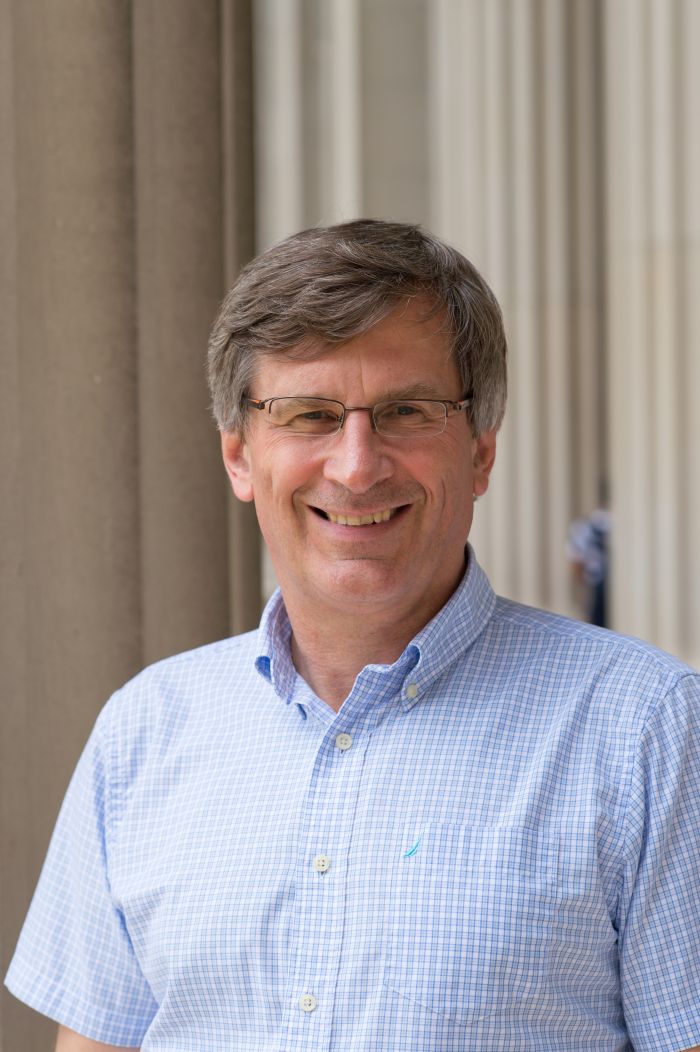YOUR BROWSER IS OUT-OF-DATE.
We have detected that you are using an outdated browser. Our service may not work properly for you. We recommend upgrading or switching to another browser.
Date: 06.06.2023
What do we know about quarks and gluons? The latest research related to very energetic collisions of heavy ions was discussed by prof. Bolesław Wysłouch from the Massachusetts Institute of Technology. He was the speaker of the Interdisciplinary Scientific Seminar at Wrocław Tech.
The lecture, entitled "Quark Gluon Plasma: the hottest matter in the Universe", took place on 20 June at Wrocław Tech Auditorium.
 Professor Bolesław Wysłouch is studying the interactions between subatomic particles by looking at the very energetic collisions of heavy ions. He and his colleagues are studying extremely hot and dense states of nuclear matter.
Professor Bolesław Wysłouch is studying the interactions between subatomic particles by looking at the very energetic collisions of heavy ions. He and his colleagues are studying extremely hot and dense states of nuclear matter.
Professor Wysłouch conducts experiments at the Large Hadron Collider at CERN in Geneva, Switzerland. He is one of the founders and leaders of the heavy ion program in the CMS experiment, one of the large, multipurpose particle detectors at LHC. The results from the first runs of LHC show, among others, that the hot plasma strongly suppresses the production of high-energy jets and redistributes the jet energy among slow particles.
The CMS group also discovered surprisingly strong collective effects in ion-ion collisions and proton-proton and proton-ion collisions. Before joining CMS, Professor conducted multiple high energy and nuclear physics experiments at CERN and Brookhaven National Laboratory RHIC facility. Professor Wysłouch is interested in the computational aspects of nuclear and high-energy experiments and the development of trigger algorithms for these experiments.
After completing his undergraduate work in Physics at the University of Warsaw in 1981, Professor Wysłouch began his association with MIT, first as a doctoral student, where he earned a Ph.D. in Physics in 1987. In 1988, he became an MIT postdoctoral associate stationed at CERN, followed by a fellowship at the European Laboratory for Particle Physics (CERN) in Geneva, Switzerland. In 1990 he returned to MIT as a postdoctoral associate before being named an Assistant Professor in 1991 and Full Professor in 2002.
He is the Director of the Laboratory for Nuclear Science and the Bates Research and Engineering Center. He is a Fellow of the American Physical Society and an American Academy of Arts and Sciences member.
Our site uses cookies. By continuing to browse the site you agree to our use of cookies in accordance with current browser settings. You can change at any time.